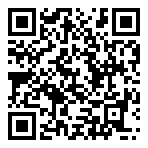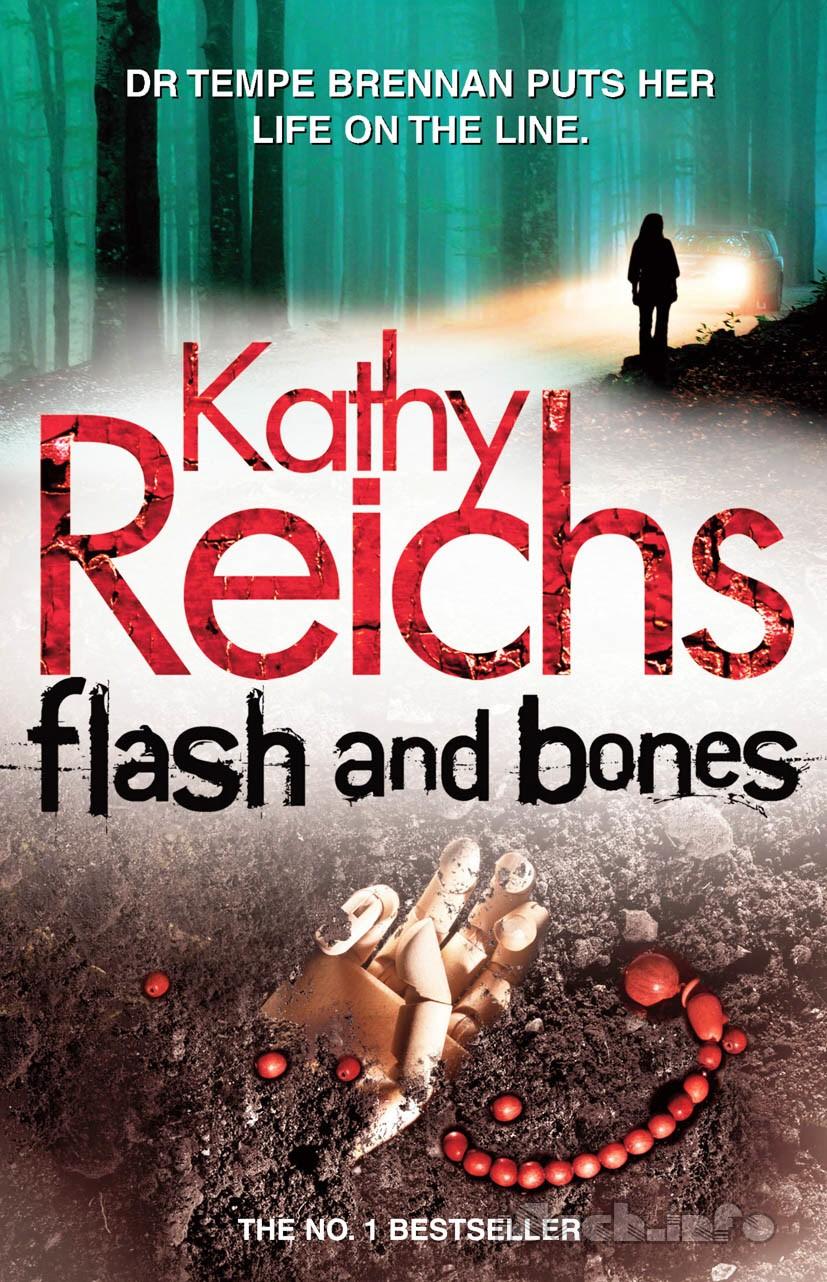Chapter 21
“Y
OU OK?” GALIMORE’S HAND WAS ON MY SHOULDER.I gestured at the TV.
“Holy shit. Wayne Gamble’s dead? At my friggin’ speedway?”
Galimore grabbed his phone. Flicked a button. Messages started pinging in. Ignoring them, he jabbed keys with his thumbs.
I said nothing. I was already hitting speed dial myself.
Larabee answered on the first ring. Background noise suggested he was in a car. “I was just about to call you.”
“What happened to Gamble?” I asked.
“Some sort of freak accident. I’m heading to Concord now. You’d better join me.”
I didn’t ask for a reason.
“I’ll leave right away.”
“Thanks.” A beat. Then, “Everyone’s looking for Galimore. Any idea where he is?”
Great. Hawkins had told Larabee about the message he’d overheard. Undoubtedly embellished.
“I’m sure he’ll turn up,” I said.
When I disconnected, Galimore was no longer in the kitchen. Through the window, I could see him on the porch, talking on his mobile. Exaggerated gestures told me he was upset.
In seconds the door opened.
“I gotta go.” Galimore’s face was taut.
“Me, too. Larabee wants me at the scene.”
“That doesn’t sound good.”
“No.”
“See you there.”
For the second time that day, I made the long trek out to the Speed-way.
As the finding of the landfill John Doe demonstrated, the Charlotte media monitor police frequencies. And word spreads fast.
Every local station was there, one or two nationals, each positioned to provide an appropriately cinematic backdrop for sharing news of tragedy. A major NASCAR event is in full swing. Violent death strikes the pit crew of a favored son. I could hear the lead-ins in my head.
I had no doubt other reporters were barreling toward Concord. By morning not a millimeter of space would remain unoccupied.
I showed ID at the main gate. Was asked to wait. In moments a deputy climbed into my passenger seat. Wordlessly we looped around the stands toward the tunnel.
Along our route, reporters spoke into handheld mikes, expressions grim, hair and makeup perfect under portable lights. Others waited, smoking alone or sharing jokes with their camera and sound technicians. Media choppers circled overhead.
Barricades had been erected since my morning visit. Sheriff’s deputies, Concord cops, and Speedway guards manned them to keep the frenzy at bay.
On the infield, campers stood beside tents or atop trailers, talking in lowered voices, hoping for a glimpse of a celebrity, a shackled suspect, or a body bag. Some held flashlights. Some drank from cans or longneck bottles. Curving high above the gawkers, the glass-fronted luxury suites loomed dark and empty.
The deputy directed me toward the Sprint Cup garage area. In my mind’s eye, I pictured Wayne Gamble. In my office at the MCME the previous Friday. In Sandy Stupak’s trailer with Slidell just twelve hours earlier. Now the man was dead. At age twenty-seven.
Gamble had reached out to me, and I’d ignored him. Failed to return his call.
The guilt felt like a cold fist squeezing my chest.
Shake it off, Brennan. Focus. Help find what he wanted to tell you.
Once past the Media Center I could see the usual grouping of cruisers, civilian cars, and vans. One of the latter was marked Crime Scene Unit. The other was our own morgue transport vehicle. Behind the wheel was a silhouette I knew to be Joe Hawkins.
I parked off to one side and got out.
The night was still and muggy. The air smelled of rain, gasoline, and concession-stand grease.
“I need to find Dr. Larabee,” I said to my escort.
“I’ll take you to him.”
Grabbing my recovery kit from the trunk, I followed the deputy.
On the edge of the hubbub, a man leaned against a Cabarrus County Sheriff’s Department cruiser, face pale in the pulsating blue and red lights. He appeared to be trying hard for composure.
I knew from the logo on his shirt that the man was a member of Stupak’s crew. I guessed from his expression that he’d been the one who found Gamble.
Larabee was outside Stupak’s garage, talking to a guy in a shirt and tie whom I didn’t recognize. Experience told me they were standing at ground zero.
Every scene shows the same people-dispersal pattern. You can read it like a map. The ME near the vic, maybe a detective or death investigator nearby. Moving outward, the uniforms, speaking to no one. Sitting in or near their trucks, the CSU and morgue techs, idle and bored until called into action.
Despite the oppressive humidity, Larabee was wearing a Tyvek jumpsuit. Behind him, in the garage, I could see the #59 Chevy, its trunk end raised at an odd angle. The painted-on taillights looked dull and flat in the garish illumination of the overheads.
“Tempe,” Larabee said upon seeing me. “Thanks for coming.”
“Of course.”
Larabee tipped his head toward the shirt-and-tie guy. “Mickey Reno. He’s with Speedway security.”
Reno had seen too many barbecues and too few barbells. Once muscular, his body was stalwartly moving toward fat.
I offered a hand and we shook.
“Why am I here?” I asked Larabee.
“You got a suit?”
I raised my kit in answer.
“Put it on. And bring what you need. It’s tight in there.”
Larabee’s tone told me it was bad.
Placing the metal suitcase on the ground, I flipped the levers, pulled out and zipped a jumpsuit over my clothes. After hanging a camera around my neck, I stuffed latex gloves, plastic specimen containers, Ziplocs, tweezers, and a Sharpie into one pocket.
Satisfied, I nodded that I was ready.
“I’ll go in on the left, you go on the right,” Larabee directed.
Tight was an understatement. The garages assigned to NASCAR drivers at tracks are microscopic. The car takes up most of the space. The crew works around and under it.
Larabee entered and sidestepped toward the garage’s far end, his back to the wall. I did the same, opposite and facing him, the Chevy between us.
I noted familiar smells blending with the stench of gasoline and oil. Urine. Feces. A sweet coppery odor.
Again, icy guilt gripped my chest.
Shake it off.
I’d gone maybe five feet when I felt slickness below the soles of my sneakers.
I looked down.
It seemed more blood than could come from one human body. The pool stretched from wall to wall and half the length of the floor.
Breathing through my mouth, I continued.
When I reached the car’s hood I understood the reason for the hideous carnage. And the reason for my presence.
Wayne Gamble’s body lay off the right front tire, supine, legs crooked to his left, arms outstretched and tossed to his right.
Wayne Gamble’s head had been detached when the Chevy fired forward with great speed and force, slamming his head and neck into the garage’s back wall, crushing them. On impact, bone and brain matter had exploded in all directions.
Feeling a tremor beneath my tongue, I swallowed and drew several deep breaths.
Emotions in check, I dropped onto my haunches for a better look. Larabee did the same on the other side of the car.
I could see stuck to the mangled metal that had been the Chevy’s hood and engine front more bloody tissue, tufts of hair, isolated teeth, and bone fragments that included segments of upper and lower jaw, with dentition in place, and several large sections of skull.
“No chance of a visual ID,” Larabee said.
“No,” I agreed.
“He got family?”
“Not that I know of. His parents are dead.”
As Larabee watched, I took photos.
“I wouldn’t let them move the car until you’d had a chance with this mess.”
“Good call,” I said, pulling on the latex gloves. “If there’s no relative who can provide DNA for comparison, the dentition might be critical for a positive ID, even though we have anecdotal evidence who this is. What happened here?”
“Gamble was working with another mechanic, performing some test where you lift the rear wheels up, then rev the accelerator to hell and back. I forget what it’s called, but apparently it really stresses the engine.”
Larabee watched me tweeze up a molar and place it in a Ziploc.
“The other guy left to pee and grab coffee. Says he was gone maybe twenty minutes. When he got back, the car was against the wall, Gamble was down, and his brain was hamburger. His phrasing, not mine.”
“The rear wheels must have made contact and engaged, and the car fired forward, smashing Gamble’s skull against the concrete.”
“Yeah. Body position suggests he was leaning over with his head between the wall and the front grille. Only the guy says there’s no way something like that can happen. Says he and Gamble run this test before every race. Swears it’s safe.”
“So is swimming. Still, people drown.”
“Amen.”
Every few minutes Reno would shout through the open door, anxious to cue the tow truck.
“What’s with Reno?” I asked Larabee, voice low.
“Stupak’s people no doubt want immediate access to the car to see if it can be repaired for the race or if they need to go to a backup.”
“Seems cold. What time was he found?”
“Just past nine.”
“Jesus. Word travels fast.”
“You’ve got that right. News teams were already shouldering for real estate when I arrived. Apparently some reporter cold-called Stupak’s trailer and questioned one of his kids who happened to be there.”
“That’s ghoulish.”
“You need me for anything?”
“Anything new on Ted Raines?”
“Not yet. Legally we can’t get dental records until an MP actually turns up dead. But Raines’s wife allowed the Georgia authorities to search his computer’s hard drive and his cell phone records.”
I nodded. My thoughts weren’t really on Raines at that moment.
“I’m good here,” I said.
“I’m going to step out to talk to Hawkins.”
For the next hour and a half, I collected what I could reach, gently teasing teeth and bone shards from the engine block, or plucking them from the wheels, undercarriage, walls, and ceiling.
As I tweezed, packaged, and jotted identifying information for each specimen, sound bites looped in my mind. Gamble insisting he was being followed. Claiming someone had broken into his trailer. Saying he was about to confront his pursuer.
Had this been an accident? Or were we looking at a murder?
It was one a.m. when I finally emerged from the garage. My work was done. Larabee would now continue with examination and recovery of the remains.
While I’d been collecting what remained of Gamble’s head, the assemblage outside had grown. Galimore had arrived with the Speedway’s director of operations and several more security personnel.
Sandy Stupak had also appeared. He, Hawkins, and Larabee were discussing ways to tow the Chevy with the least amount of damage.
As I listened, it became clear that their concerns differed. Larabee and Hawkins were eager to preserve the body and its surroundings. Stupak was worried for his #59 car.
I was placing my jars and Baggies in the transport van when I heard the crunch of tires, followed by the thunk of a car door.
I turned.
And couldn’t believe who was walking toward me.



 ePub
ePub A4
A4